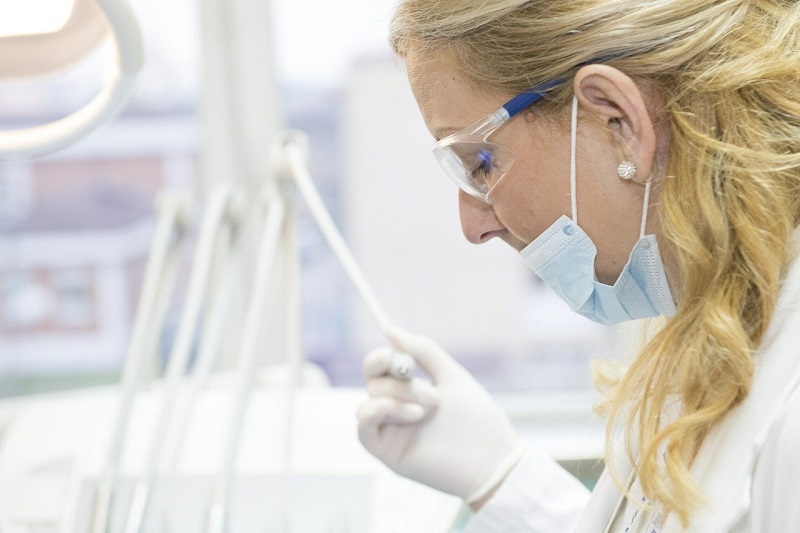The Centers for Disease Control and Prevention estimates that annually, 48 million people in the U.S. fall ill from foodborne diseases. Out of these, 128,000 require hospitalization, and 3,000 unfortunately pass away. Cross-contamination stands out as a significant and avoidable cause among these statistics. So, how can we prevent cross-contamination? Let’s delve in.
Healthcare Facilities: Tackling Cross-contamination
Cross-contamination refers to the transfer of harmful microorganisms to food or surfaces. This can lead to foodborne illnesses, often resulting in severe health consequences or even death. But the silver lining? It’s largely preventable.
Who is Most Susceptible?
While anyone can succumb to a foodborne illness, some demographics, including the elderly, young children, pregnant women, and those with compromised immune systems, are more vulnerable.
Common Sites for Cross-contamination
Cross-contamination can occur virtually anywhere, especially in environments conducive to bacterial growth. Healthcare facilities like hospitals and clinics epitomize places with heightened risks. Their kitchens, in particular, are rife with cross-contamination possibilities.
To address this challenge, it’s essential to recognize the three primary avenues of cross-contamination:
- Food to food: Raw or poorly prepared food can harbor vast bacterial colonies, posing health risks when consumed.
- Equipment to food: Harmful bacteria can linger on surfaces such as countertops, utensils, or other equipment, which, when inadequately cleaned, can transfer contaminants to food.
- People to food: Individuals can inadvertently transfer bacteria from their bodies or clothes to food. This could happen in various ways, such as not washing hands post-restroom use, handling raw foods with unwashed hands, or using an apron as a hand towel.
Strategies to Curb Cross-contamination in Healthcare Facilities
Here are some proactive measures to minimize cross-contamination:
- Champion Proper Hand Hygiene: Always prioritize hand cleanliness. Complement this with protective wear like gloves, masks, and clean attire. Place alcohol-based sanitizers strategically within the facility.
- Adhere to Cleaning Protocols: Regularly disinfect high-contact areas like door handles, bed rails, telephones, elevator buttons, and bathroom fixtures.
- Regularly Sanitize Common Spaces: Places like kitchens, lounges, and cafeterias require meticulous cleaning. Consider employing Ultraviolet (UV) light, an effective agent against pathogens, which can replace or supplement chemical disinfectants.
- Follow Food Storage Protocols: Ensure safe food handling and storage. Store raw foods in well-sealed containers, segregating them based on type—poultry, seafood, beef, etc.
- Stay Updated on Food Recalls: Monitor the U.S. Department of Agriculture (USDA) and U.S. Food and Drug Administration (FDA) for any food recall alerts. Any product deemed potentially harmful is swiftly removed from the market.
For holistic cross-contamination prevention, healthcare establishments should consider collaborating with an adept environmental cleaning provider with a commendable track record. If you’re in search of experts, explore Colonial Commercial Cleaning’s healthcare cleaning services today.


